-
 10 Best Gifts for Boyfriend and a Complete Guide for Selecting Gifts That Will Not Only Surprise and Impress, but Knock His Socks Off! (2019)
10 Best Gifts for Boyfriend and a Complete Guide for Selecting Gifts That Will Not Only Surprise and Impress, but Knock His Socks Off! (2019)
-
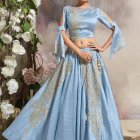 What If You Can Make an Exclusive Designer Dress by Re-Using Your Old Saree(2020)? Create Magic by Transforming Sarees into Lehenga Using Our Craft Ideas and Be Proud of Yourself!
What If You Can Make an Exclusive Designer Dress by Re-Using Your Old Saree(2020)? Create Magic by Transforming Sarees into Lehenga Using Our Craft Ideas and Be Proud of Yourself!
-
 Make His Birthday a Day to Remember! 10 Excititng Gifts for Your Husband on His Birthday and 3 Ways to Make This Day Memorable (2019)
Make His Birthday a Day to Remember! 10 Excititng Gifts for Your Husband on His Birthday and 3 Ways to Make This Day Memorable (2019)
The Magic of Paints
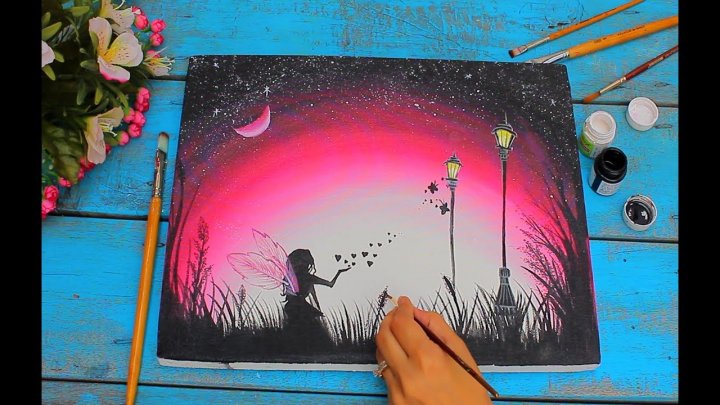
Playing with colours is one of the best ways to de-stress. If you are new to painting then let us tell you this that painting is like magic. You get to magically turn a plain canvas into something beautiful and creative but if you are ready to do some magic you will need a magic wand. In the painting world, the magic wand is the brush. You can't create anything unless you have a perfect brush. Once you decided it is important to learn about the different types of brushes there are and when to use which. Here we have gathered all the information you need on brushes to help you understand the basics.
Types of Brushes

There are mainly 8 types of brushes in the world of painting. Each brush is used for different strokes as they have different tips. It can be confusing for beginners but learning about them will help you understand which brush you need. Brushes are made with either natural hair or synthetic fibres. The natural or sable brushes are excellent to work with but you can also use the synthetic ones with ease. Each brush is numbered according to its hair and length. It is recommended to use medium brushes and the brushes with small numbers are used for detailing in the artwork. Let us now get into the details of the brushes.
Wash Brush
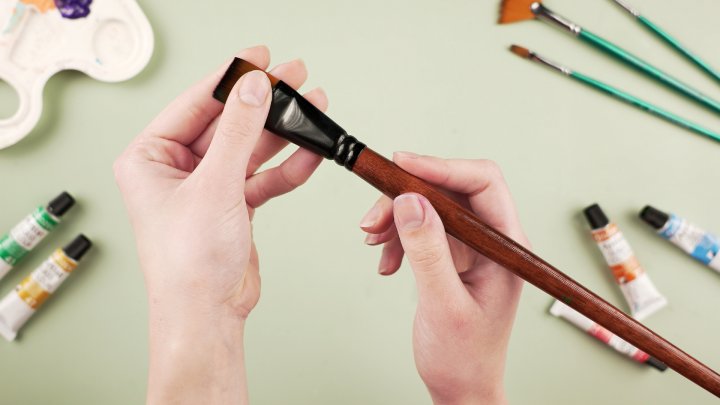
The acrylic wash brush has a square end with medium to long hairs. It is mainly used for varnishing as it provides great coverage and saves a lot of time. If you need bold strokes then this is the brush to go with. The edges of this brush can also be used to draw fine lines and stripes.
Angled Brush

Next in line is the Angled brush. These have a slanted tip therefore are also known as slanted brushes. They come in handy when you need to fill small areas without any complications. If you are painting a picture with curves or need to fill in corners then you will need angled brushes surely.
Liner / Rigger
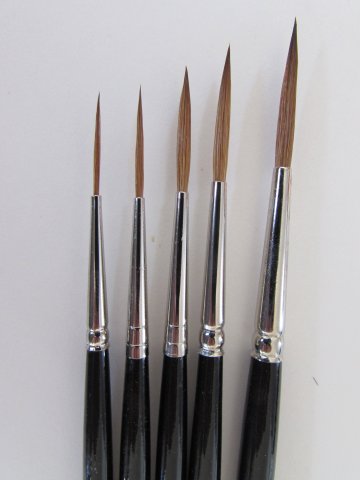
A liner or a rigger brush has very thin and long bristles. If you see a liner brush with a flat or square tip or if it is angled then it is called a sword brush too. They are used to create very think lines. You can also use it to write letters or numbers on paintings. A lot of writers use the liner brush to sign their work. These brushes are very easy to use and can hold a lot of fluid therefore you save a lot of paint as well while using them. It is important to store clean and store them properly after each use as they tend to damage easily.
Flat Brush
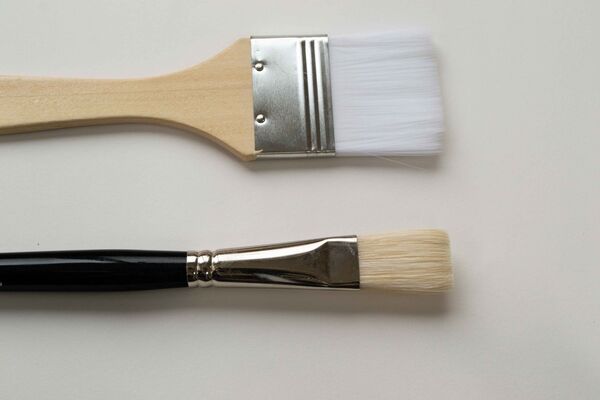
Flat brushes are a lot like wash brushes but smaller. The wash brushes are slightly round at the edges and are thicker whereas the flat brush is not. They are great to use on small surfaces where you can't use a wash brush. You can also create beautiful geometrically shaped designs and get perfect corners. Flat brushes are easy to maneuver and make life a lot easier if you want paint coverage on smaller canvasses.
Fan Brush
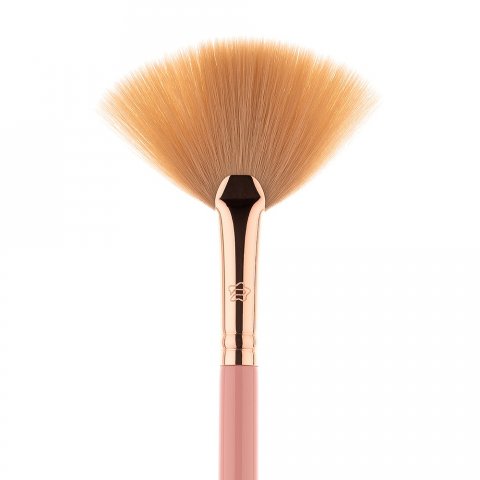
If you like to paint landscapes and nature then you will need a fan brush for sure. These brushes look exactly like a fan with spread-out bristles. They can be used to blend backgrounds or to add highlights to dark areas. You can use a natural hair fan brush for blending, smoothing or feathering or can go with synthetic hairs for adding textural effects on trees, etc.
Round Brush
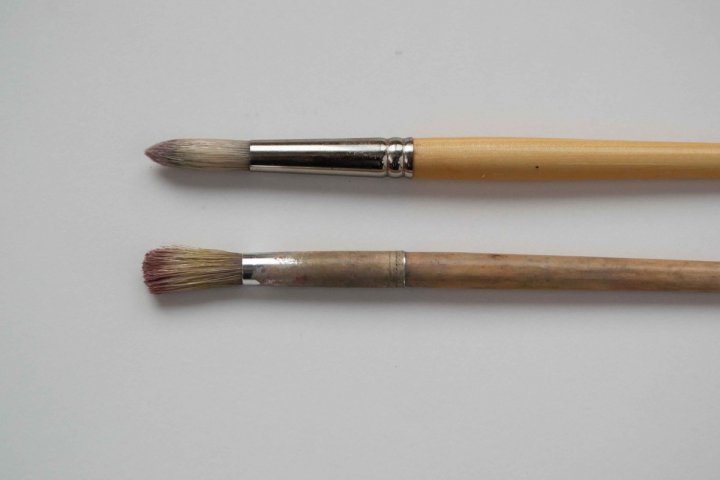
If you are planning to collect different types of brushes for your painting kit then a round brush is a must have. It is jack-of-all trades. These round brushes are easy to use, almost like a pencil. They give you control over each stroke. There are two types of round brushes, one is a simple round brush with a sharp point and you use it to create find lines or for detailing. The other one is a little narrower than the former. It has a sharply pointed tip and helps you cover the delicate areas on the art. One can use round brushes with pressure to create broad strokes for large areas or can use it for finer painting with little less pressure.
Filbert Brush
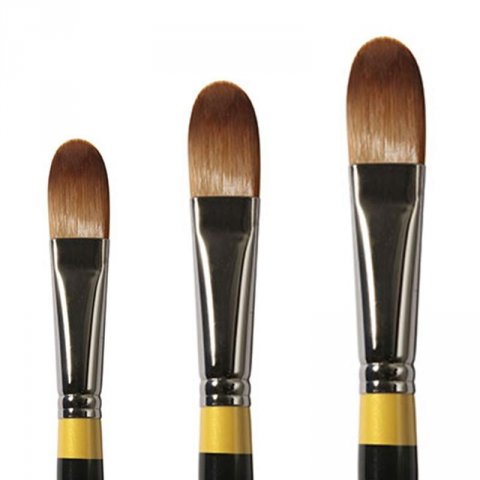
A filbert brush is also known as a cat’s tongue and is a small flat brush with medium to long hair and around point. They can also be found with an oval-shaped end. They are good to create thin lines when used on its side and can give broader strokes when used flat. They cover large space a lot like the flat brush. They are fun to use and figurative painters love using them.
Dagger
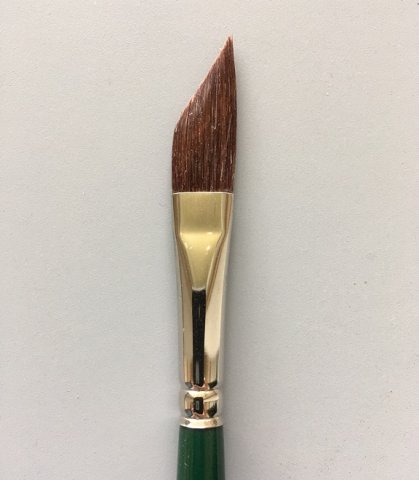
The dagger brush looks a lot like a flat brush but is longer and has a diagonal slant. It is a brush with a unique fine tip that curves at an angle. These brushes are used for pinstriping and free-hand lettering. Artists also use this brush to create beautiful floral designs as it is easy to create leaves and petals with it.
How to Pick a Perfect Brush
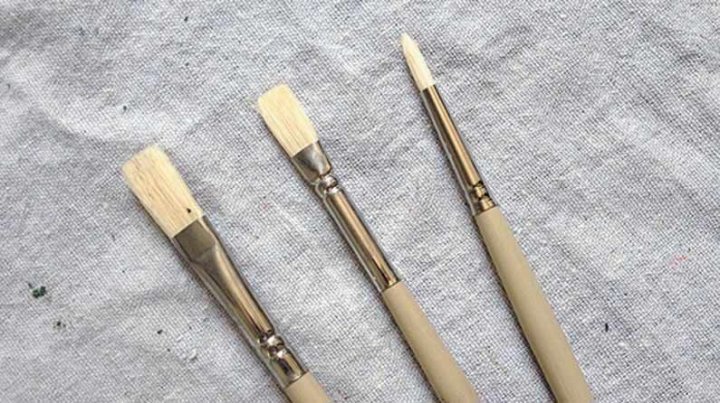
- Shape You will find different brushes with different shapes in the market. It is important to choose the right brush depending on how or what you want to create with it. These brushes come in various sizes from 20/0-30. Before you set out to buy a brush see which one fits perfectly for your creation and buy likewise.
- Natural or synthetic for acrylic painting you can use both the stiff bristle and the synthetic brushes which are mainly for watercolour. It depends on what kind of effect you want to give to your art. Using a stiff brush will leave marks on the painting and will create a texture whereas soft brushes will give smooth strokes and blend in the colours well.
- Cost You can find paintbrushes for different prices but if you are a beginner then it is advisable to start with a cheap brush and move forward when you get a hang of using it. The natural bristles are made for oil paint and can be used with acrylic as well but try not to buy expensive sable brushes. If you are using them with acrylic then keep your brushes wet or dipped in water so the paint does not dry on them or else it will damage the natural fibres.
- Uniformity A brush should not have dull ends and tips, it should not be trimmed either. To check you can put the tip of the brush between two fingers and relax the starch on it. Now you can press a single hair close to the ferrule and see if they are of the same length and appearance.
- Research There are tons of manufactures making brushes and it may get confusing as to which one is the best. You can visit your local art supplier and check the art section; they may let you try them with water before you buy them. Decide on buying brushes from two or three different companies and see which one suits you the best and then buy the rest from them.
-
 Thinking of Taking Up Painting as a Hobby? Check out Your Ultimate Guide about the Different Types of Paint Brushes, Their Anatomy and Important Tips and Tricks for Cleaning and Maintaining Them (2021)
Thinking of Taking Up Painting as a Hobby? Check out Your Ultimate Guide about the Different Types of Paint Brushes, Their Anatomy and Important Tips and Tricks for Cleaning and Maintaining Them (2021)
-
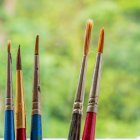 Good Quality Round Paint Brushes Can Transform Your Painting. What to Consider When Buying Round Paint Brushes and the Best Ones Currently Available in India (2021)
Good Quality Round Paint Brushes Can Transform Your Painting. What to Consider When Buying Round Paint Brushes and the Best Ones Currently Available in India (2021)
-
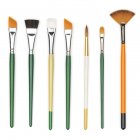 Low Quality Paint Brushes Can Ruin Your Masterpiece. Check out Your Ultimate Guide to Oil Paint Brushes and the Top Oil Paint Brush Sets for Beginners Available in India (2021)
Low Quality Paint Brushes Can Ruin Your Masterpiece. Check out Your Ultimate Guide to Oil Paint Brushes and the Top Oil Paint Brush Sets for Beginners Available in India (2021)
-
 10 Best Paintbrushes for Watercolor That Will Inspire Your Creativity and Reward You with a Superior Painting Experience (2021)
10 Best Paintbrushes for Watercolor That Will Inspire Your Creativity and Reward You with a Superior Painting Experience (2021)
-
 For Painting Enthusiasts, Here are the Best Paintbrushes Kits of 2021. Add Panache to Your Skill and Look More Professional.
For Painting Enthusiasts, Here are the Best Paintbrushes Kits of 2021. Add Panache to Your Skill and Look More Professional.
Revive Your Old Brush
If you have a painting project in mind, but the only paintbrushes you have are old, hard, don’t go through the trouble of buying new ones. Revive old brushes with hair gel instead! After this, you can wash and soak them in fabric softener. They’ll be good as new!”

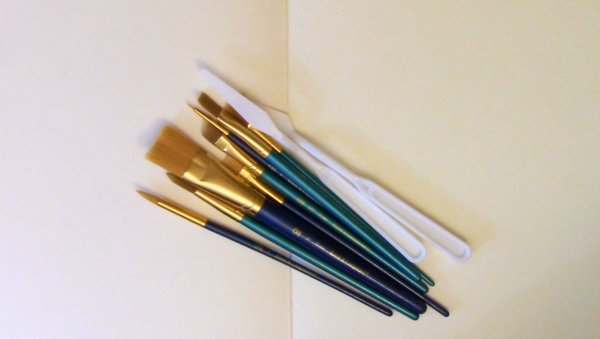
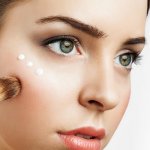 Highlight the Best Facets of Your Incomparable Beauty: Discover the Best Face Highlighter Currently Available in India and Everything You Need to Know About Using Face Highlighters for Maximum Effect (2023)
Highlight the Best Facets of Your Incomparable Beauty: Discover the Best Face Highlighter Currently Available in India and Everything You Need to Know About Using Face Highlighters for Maximum Effect (2023)
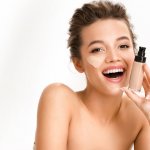 Forget the Blemishes and Get that Picture Perfect Flawless Radiance on Your Face: Check out the Best Foundations for Oily Skin Currently Available in India and Everything You Need to Know About Makeup Foundations (2023)
Forget the Blemishes and Get that Picture Perfect Flawless Radiance on Your Face: Check out the Best Foundations for Oily Skin Currently Available in India and Everything You Need to Know About Makeup Foundations (2023)
 Make Your Presence Felt Wherever You Go: Discover the Best Perfumes Under 2000 for Both Men and Women to Announce Your Arrival and Make Any Occasion Memorable (2023)
Make Your Presence Felt Wherever You Go: Discover the Best Perfumes Under 2000 for Both Men and Women to Announce Your Arrival and Make Any Occasion Memorable (2023)
 Protect Your Oily Skin from the Harmful Rays of the Sun: Discover the Best Gel Based Sunscreens for Oily Skin and Everything You Need to Know Before Buying One (2023)
Protect Your Oily Skin from the Harmful Rays of the Sun: Discover the Best Gel Based Sunscreens for Oily Skin and Everything You Need to Know Before Buying One (2023)
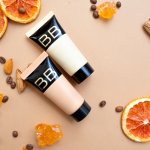 Minor Blemishes and Wrinkles Affecting Your Confidence? Check out the Best BB Creams to Conceal Your Worries and Nourish Your Skin to Restore the Healthy, Radiant and Glowing Complexion Back Again (2023)
Minor Blemishes and Wrinkles Affecting Your Confidence? Check out the Best BB Creams to Conceal Your Worries and Nourish Your Skin to Restore the Healthy, Radiant and Glowing Complexion Back Again (2023)
